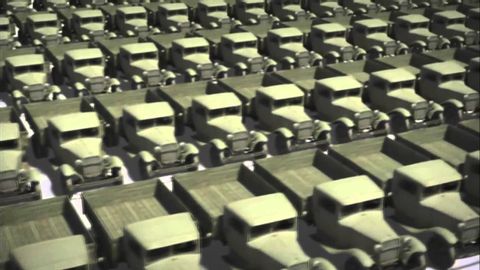
Phụ đề & từ vựng
Soviet Storm. WW2 in the East - Operation Barbarossa. Episode 1. StarMedia. Babich-Design
00
唐成 đăng vào ngày 09 tháng 10 năm 2016Yêu thích
Từ vựng video
group
US /ɡrup/
・
UK /ɡru:p/
- n. (c./u.)ban nhạc;nhóm;nhóm (vật);tổ chức, nhóm (có mục đích);nhóm (quân đội);nhóm chức (hóa học)
- v.t.tập hợp
A1 sơ cấp
Thêm man
US /mæn/
・
UK /mæn/
- n. (c./u.)con người
- v.t.chịu trách nhiệm;vận hành (máy)
- n. (c.)Đàn ông;nam nhi;người làm công;chồng/bạn trai;quân cờ
- n. (u.)bản lĩnh đàn ông
A1 sơ cấp
Thêm Dùng năng lượng
Mở khóa toàn bộ từ vựng
Mở khóa phát âm, giải thích và bộ lọc
